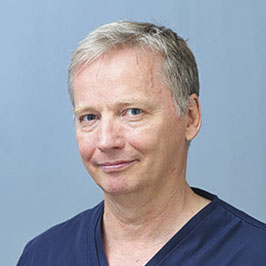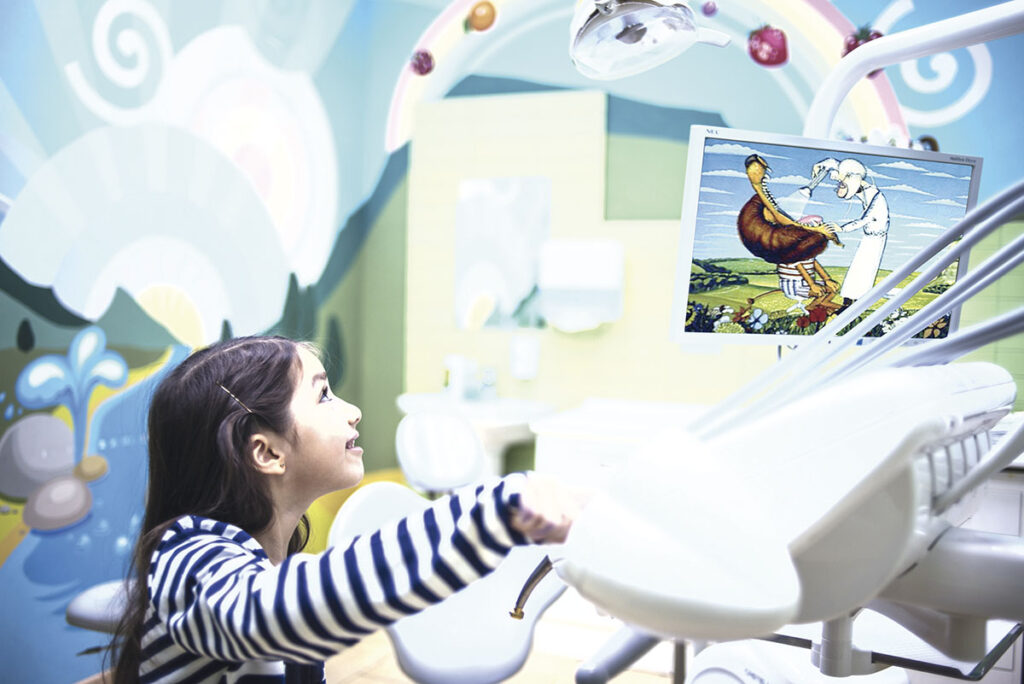Dentists around the world have long appreciated the benefits of operating under sedation. Many patients prefer this particular method. No wonder: you fell asleep – and woke up with your problem already solved by professionals. In what cases is sedation indicated? What are the pros and cons of this treatment? What should the patient consider? In these and other questions helped to understand the experts – employees of the network of clinics “Unident Dentistry”.


COMFORT AND SAFETY
Dental treatment under sedation is necessary when a patient has a medical condition. For example, in dentophobia or increased gag reflex when even simple procedures are not possible. Sedation allows the patient to tolerate the intervention comfortably and ensures safety during surgery for both the patient and the attending physician. This method of treatment may also be the treatment of choice for people who have no relevant medical conditions. Sedation is used for many dental tasks of varying complexity, starting with tooth extraction. For example, this is relevant when it comes to the third molar, “eight”, because access to wisdom teeth is often difficult.
Sedation is not general anesthesia. It is the reduction of the patient’s physical and mental activity by administering non-narcotic medications to relax the patient. The patient is in a state of shallow sleep and does not experience painful sensations and psychological discomfort

“As a practicing surgeon, I note that doctors have a very positive attitude to treatment under sedation,” says Igor Averyanov, “The patient is in a comfortable relaxed state, which creates the best conditions for the operation. For example, the use of even the most efficient local anesthesia in the removal of the “eight” on the lower jaw does not guarantee that the patient will not have unpleasant sensations, especially if the roots of the tooth go into the projection of the nerve passing nearby. The patient may instinctively make a sudden movement, resulting in undesirable consequences for both the patient and the physician. Under sedation, such a danger is excluded.”
In 1772, English chemist and philosopher Joseph Priestley first synthesized nitrous oxide. And in 1796, English chemist Humphry Davy suggested that it could be used for anesthesia in surgical operations. Then he called nitrous oxide “laughing gas” because the substance, when you inhale it, not only anesthetizes you but also makes you cheerful.
In 1868, Edmund Andrews, an American professor of surgery, added oxygen to nitrous oxide, which greatly increased the duration of anesthesia. And since 1948 nitrous oxide – oxygen sedation has been used in countries with progressive dentistry.

Sedation is carried out if it is necessary to perform a large amount of work: to remove several “eights”, to carry out implantation in two or more segments of the oral cavity at once, etc. The patient feels comfortable in the dental chair for a maximum of one hour – it is a matter of physiology. For longer surgeries, immersive sleep is the best option.
Finally, the possibility of sedation is very relevant in pediatric practice, as confirmed by dentists around the world. After all, often the child does not allow the doctor to even conduct an examination, let alone serious treatment.


